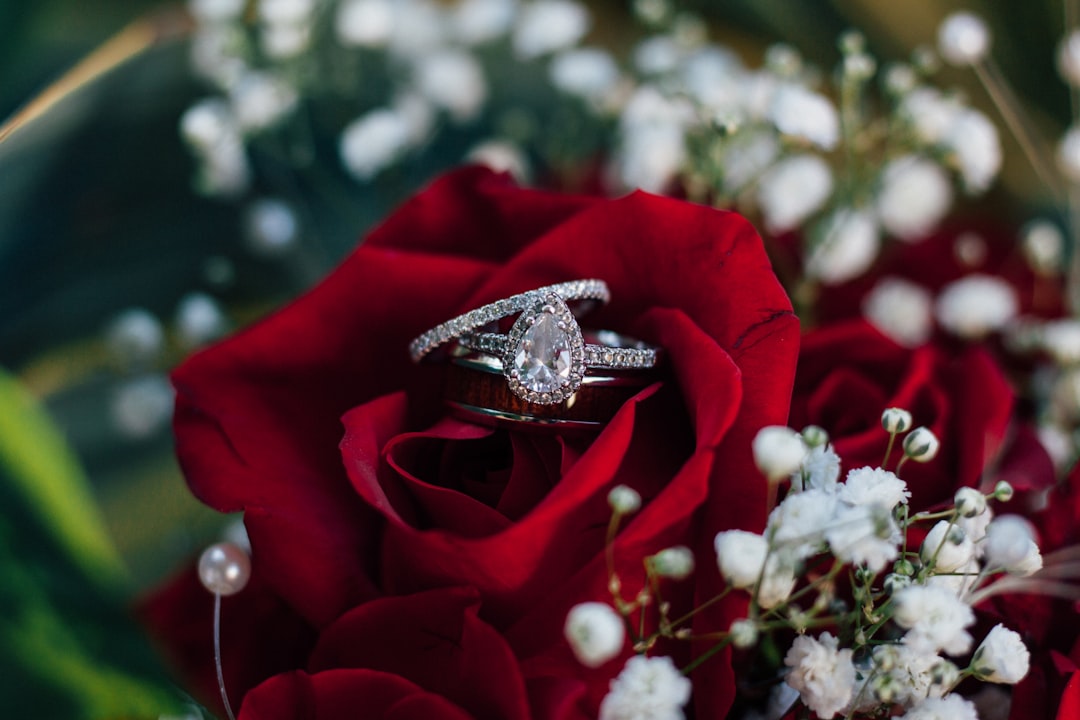Exploring the Qet'eh in Persian Poetry
Often overshadowed by grand qasidas, ecstatic ghazals, or pithy rubāʿiyyāt, the qetʿeh (also spelled qitʿah) is a short, self-contained verse form that packs surprising depth. Literally meaning “a piece” or “fragment,” the qetʿeh thrives on focus and intensity—whether celebrating a beloved, admonishing a rival, or meditating on a single moral insight.
Origins and Definition
-
Etymology & Early Use
The term qetʿeh derives from the Arabic root qa-ṭ-ʿ, “to cut” or “to sever.” In poetry, it denotes a cut-away from longer forms: a standalone snippet that neither needs a matlaʿ (opening couplet) nor extends into dozens of couplets. -
Historical Context
By the 12th century, Persian courts and literary circles prized brevity alongside eloquence. Poets composed qetʿehs for almanac epigrams, manuscript colophons, or as personal missives—bringing sharp wit and elegant phrasing to the fore.
Formal Structure
Unlike the ghazal or qasida, the qetʿeh dispenses with elaborate preludes or refrains. Its defining features are:
-
Length
Typically 2–10 couplets (bayts). -
Rhyme Scheme
Only the second hemistich of each couplet rhymes. If we denote an unrhymed hemistich by “x” and the rhyme by “A,” the pattern is:x A x A x A … -
Unity of Thought
Every couplet advances a single image, argument, or emotion—there’s no shift to unrelated anecdotes.
Thematic Functions
Because of its compactness, the qetʿeh excels at:
-
Panegyric “Flash” Praise
Quick, dazzling encomiums of patrons or friends. -
Satire and Reproof
A pointed rebuke to rivals, drunkards, or hypocrites—often more biting for its brevity. -
Philosophical Epigrams
Winged aphorisms on fate, love, or moral conduct. -
Love Poetry
A distilled moment of desire or lament, capturing a single glance or a fleeting sigh.
Notable Poets and Examples
Ḥāfeẓ of Shiraz (1315–1390)
Although famed for his ghazals, Hāfeẓ penned memorable qetʿehs, such as:
Persian (transliteration):
Dar bāz agar zud-razī ukmāl-e-ʿaql konī
Man-am az ḥukm-e-ishq be-sar-am nāḥaḍarTranslation:
If reason bids you hasten to fulfill the mind’s design,
By love’s decree I too must stand unmindful of the sign.
Here, Hāfeẓ marvels at love’s power to suspend rational counsel in a mere two couplets.
Saʿdī of Shiraz (1210–1291)
In the Būstān, Saʿdī wraps ethical counsel in qetʿehs:
Transliteration:
Har kī dūst-e-ḥaqīqat ast, bar gerd
Dast-e-lālaj gar nāmbāb bar gard
Translation:
Whoever seeks truth’s friend must circle round
Though the surgeon’s hand brings the bitterest wound.
This pithy warning—that healing often comes through pain—shows the qetʿeh’s didactic bite.
The Qetʿeh Beyond Persian
-
Urdu Tradition
18th- and 19th-century Urdu poets like Mir Taqī Mir and Ghalib adopted the qetʿeh for quick rejoinders in literary salons, emphasizing personal sentiment over courtly formality. -
Modern Revival
Contemporary Persian poets sometimes use qetʿehs in social media posts or as epigraphs—proof that “fragments” still resonate with 21st-century readers.
Crafting a Qetʿeh: Tips for Poets
-
Pinpoint Your Focus
Choose a single moment, image, or moral. There’s no room for digression. -
Master the Rhyme – Second Hemistich Only
Select a compelling rhyme-word that can flex across 3–10 endings. -
Lean into Ambiguity
A well-placed double-meaning turns a short poem into a lasting puzzle. -
Polish with Precision
Every syllable counts—trim excess, sharpen your verbs, and let each couplet sing.
Conclusion
The qetʿeh may appear as a mere “fragment,” but in skilled hands it becomes a laser-focused flash of praise, satire, or wisdom. Stripped of ornament, it relies on the poet’s craft to illuminate a single truth or emotion. Whether uttered in a royal court, inscribed at a shrine, or shared in a tweet today, the qetʿeh reminds us that sometimes four or eight lines are more than enough to capture the infinite landscapes of the heart and mind.





